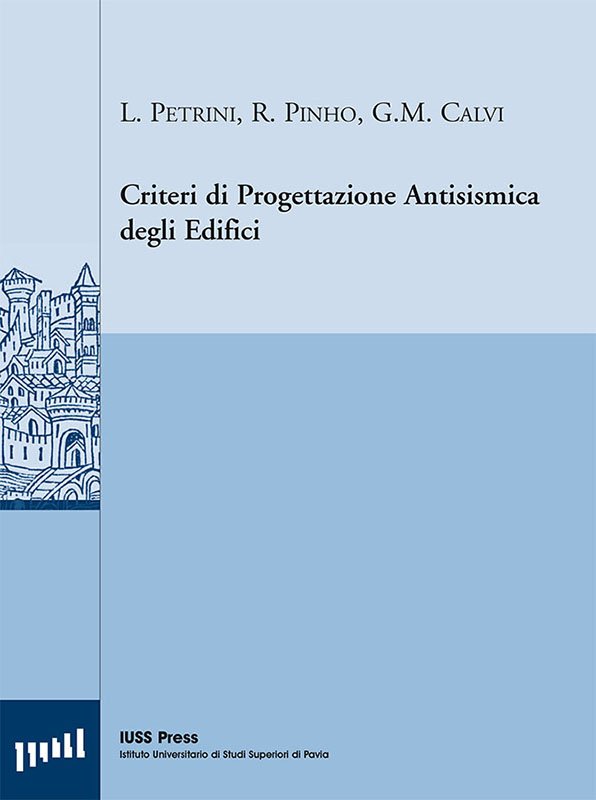Catalogue

Myths and Fallacies in Earthquake Engineering, Revisited
11/11/2003
Criteri di Progettazione Antisismica degli Edifici
10/01/2004An Introduction to Structural Testing Techniques in Earthquake Engineering
Original price was: € 25,00.€ 5,00Current price is: € 5,00.
T. J. Sullivan, R. Pinho, A. Pavese
Research Report Rose 2004/01
ISBN: 88-7358-019-X
Experimental investigation has proven itself over the years as a most valuable means for engineers to develop knowledge and understanding of how structures respond in earthquakes. There are a variety of methods available to an engineer in the laboratory, which range from slow quasi-static to real-time fully dynamic testing. There is also the option of performing investigations in the field, with non-destructive material testing and ambient or forced vibration testing. With enough care, each of the various procedures that have been developed over the years can be used to provide important information on various response characteristics of a structure.
FUORI CATALOGO
Experimental investigation has proven itself over the years as a most valuable means for engineers to develop knowledge and understanding of how structures respond in earthquakes. There are a variety of methods available to an engineer in the laboratory, which range from slow quasi-static to real-time fully dynamic testing. There is also the option of performing investigations in the field, with non-destructive material testing and ambient or forced vibration testing. With enough care, each of the various procedures that have been developed over the years can be used to provide important information on various response characteristics of a structure.
With the above in mind, this report introduces the basic aspects of structural testing techniques in earthquake engineering and should serve as a useful starting point for students interested in designing and performing an experimental investigation. Special attention is given to the design and preparation of specimens, the various means of applying force and displacement loads to a test structure, experimental set-up of the apparatus including data acquisition systems, and, finally a review of analytical prediction techniques for comparison of the results.
This report on structural testing techniques follows on from a short course held at the Rose School during the second week of October 2002. A series of lectures were given by many distinguished professors, on the various subjects covered in this report. In addition, three case studies were conducted at the Laboratory of the Structural Mechanics Department at the University of Pavia, to illustrate the various ideas that were presented.

